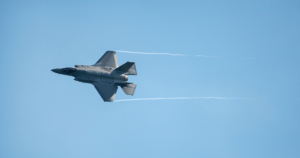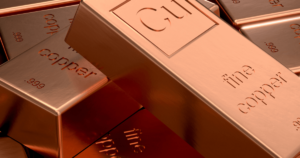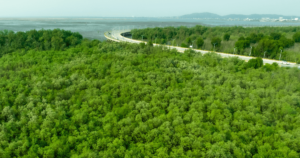The iron ore market is expected to be in surplus for the next few years and possibly even the next decade. A number of factors are expected to contribute to this surplus. These include:
- A number of Australian miners have indicated their intentions to expand production. This includes BHP which intends to increase its export capacity to 270m tonnes by 2017 whilst Rio Tinto is expected to increase their capacity from 290m tonnes in 2012 to 360m tonnes by 2017. Over 150m tonnes is expected to come on line during 2014, mainly from Australian producers.
- The “Big 3,” BHP Biliton, Rio Tinto and Vale are all adding capacity at a cost of below $90/tonne, displacing more of the high-cost supply which is supportive of a long term thesis of lower iron ore prices.
- With respect to demand, the Chinese steel market is expected to expand by around 4% CAGR until 2020. Furthermore, steel inventory levels in China have steadily declined and now stand at around 70m tonnes, representing a 24% y.o.y decrease.
- In India, exports are expected to remain stable. The government has clamped down on illegal mining, particularly in the states of Goa and Odisha. These measures were expected to create a gap in the Indian market for exporting countries to supply India’s coastal steel mills, but India’s slowdown in growth; energy supply
inconsistencies and high inflation have resulted in lower demand from this region, adding to the global surplus.
In addition to considering the supply and demand balance, we consider the marginal costs of production. A year ago the Chinese cost curve would have prevented the iron ore price from falling below $120/tonne. Since this time, iron ore fell to a low of $87/tonne. Even at these price levels, the volume response from China was minimal in that they did not respond by reducing their domestic production. Focusing on the reasons for this elasticity led us to the conclusions that a significant proportion of China’s costs were linked to the market prices of iron ore compared to other mining projects (Chart 2 ). Thus we have revised our cost curve (Chart 3) down to an average of $100/tonne.


Further we need to be cognisant of the fact that one year ago prices were maintained due to one-off supply constraints from decreased exports. In particular, output losses in South Africa from strike actions at Sishen Mine (1m tonnes) and protests from Carajas Mine in Brazil (5m tpm) and export losses due to mining bans in India led to price increases in the fourth quarter of 2012 of nearly 30%.
Therefore, given the additional supply that is expected to be realised over the medium term leading to a surplus market, coupled with lower cost curve, we have revised our long term forecasts from $120/tonne to $98/tonne based on Chinese spot prices, 62% Fe, CFR.






